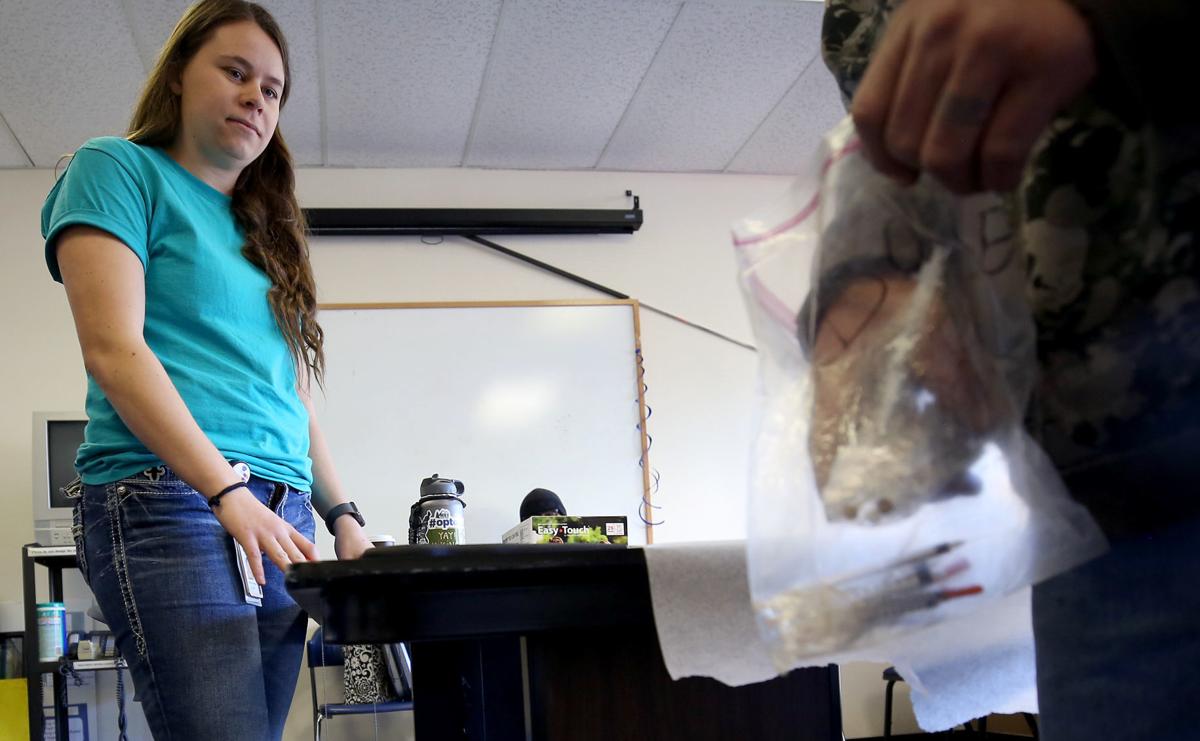Needle exchange programs have a more than 30-year track record of reducing the spread of deadly diseases associated with IV drug use while helping addicts get needed treatment. Arizona needs them, as does the rest of the country.
Recently the House of Representatives unanimously approved a bill to legalize needle exchange programs in the state. It is now in the Senate for debate.
Even though there are seven functioning needle exchange programs in Arizona, they technically are illegal because of laws that expressly prohibit the sale or distribution of drug paraphernalia. So they operate under the radar. The bill, sponsored by Rep. Thomas Rivera, R-Peoria, would add Arizona to the 30 states that explicitly permit needle exchange programs, and five states that have no laws prohibiting them.
Needle exchange programs have existed since the 1980s. Originally developed in the Netherlands in the 1970s, they operate throughout the developed world. The oldest continuing program in the U.S. started in Tacoma, Wash., in 1988. As of 2012, needle exchange programs were operating in at least 35 states.
The idea behind them is to prevent the spread of HIV and hepatitis that often results from the sharing of dirty needles. Seven federally funded studies between 1991 and 1997 showed these programs reduce the spread of HIV. A 2013 systematic review by the Centers for Disease Control and Prevention showed a drop in HIV and hepatitis C infections associated with the exchange programs, which was further supported by a 2014 meta-analysis.
Needle exchange programs are endorsed by both the CDC and the Substance Abuse and Mental Health Services Administration, which supports needle exchange programs for their “efficacy and facilitating entry into treatment for intravenous drug users and thereby reducing illicit drug use.
Law enforcement officers often get stuck with dirty needles, and many believe needle exchange programs will reduce the risk of exposure to disease.
Many needle exchange programs have personnel who counsel addicts and get them help for their disease by referring them to therapy programs. Some even offer testing for HIV and hepatitis, and several also provide male and female condoms, as well as bleach and alcohol (to clean paraphernalia).
Opponents of needle exchange programs fear they send the wrong message. State Sen. Jay Lawrence, R-Fountain Hills, believes replacing needles and syringes on a regular basis “merely encourages” drug abusers to use illegal drugs.
But nearly 100 years since the total ban of heroin, and a half-century since President Richard Nixon declared a “war on drugs,” heroin is cheaper and more abundant than ever. In fact, in 2015 the CDC director noted heroin sold for one-fifth the street price of prescription opioids. In 2016, deaths from opioid overdoses, led primarily by heroin and fentanyl, climbed 20 percent.
Last June Gov. Doug Ducey declared the opioid overdose problem a statewide emergency. The governor and lawmakers are right to be alarmed. In recent years, intravenous heroin and fentanyl have become the opioid abusers’ drugs of choice. If they hope to make a difference, state leaders need to change their failing strategy. The focus should shift to lowering the death rate and reducing the spread of deadly diseases.
Legalizing needle exchange programs is a step in the right direction.





